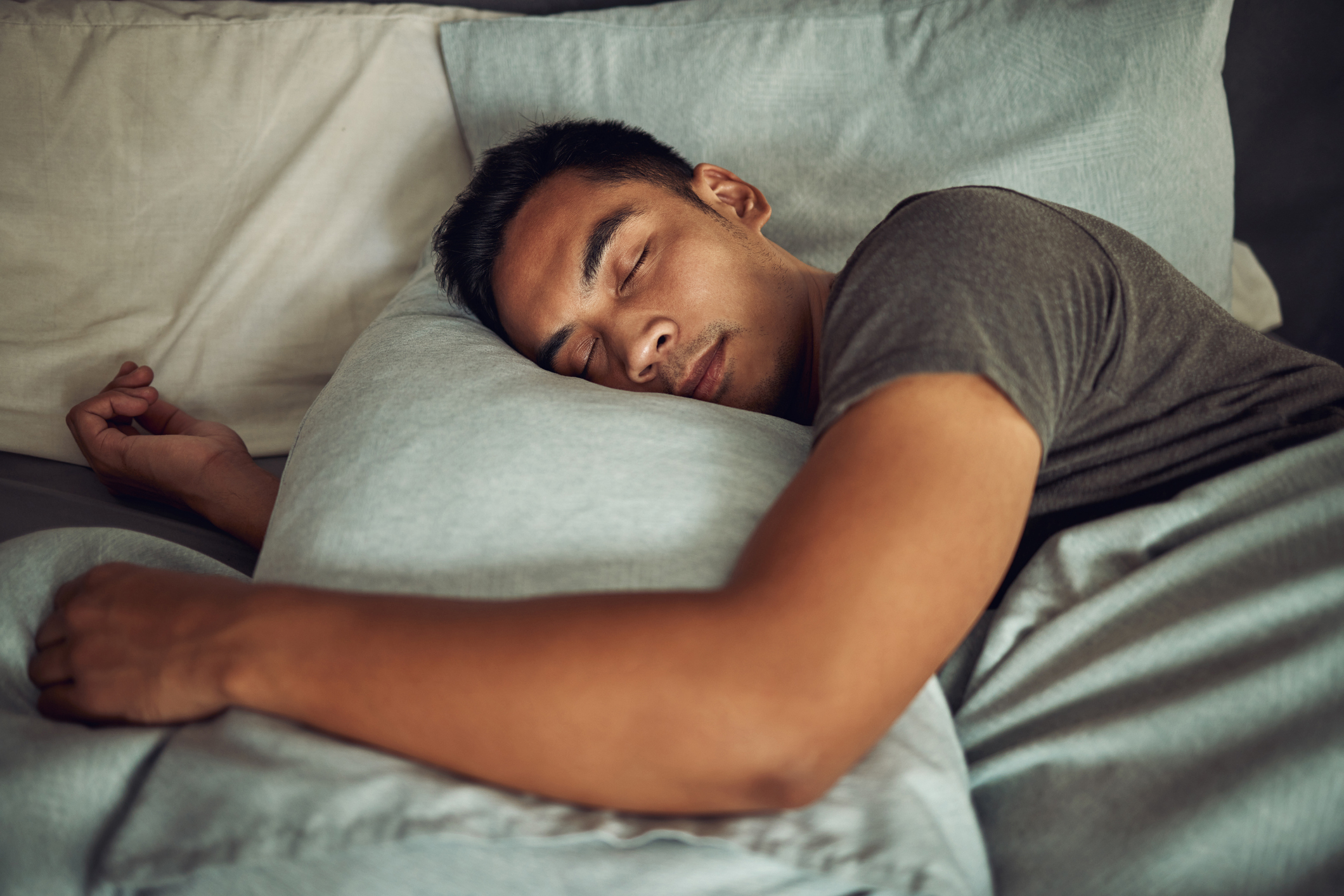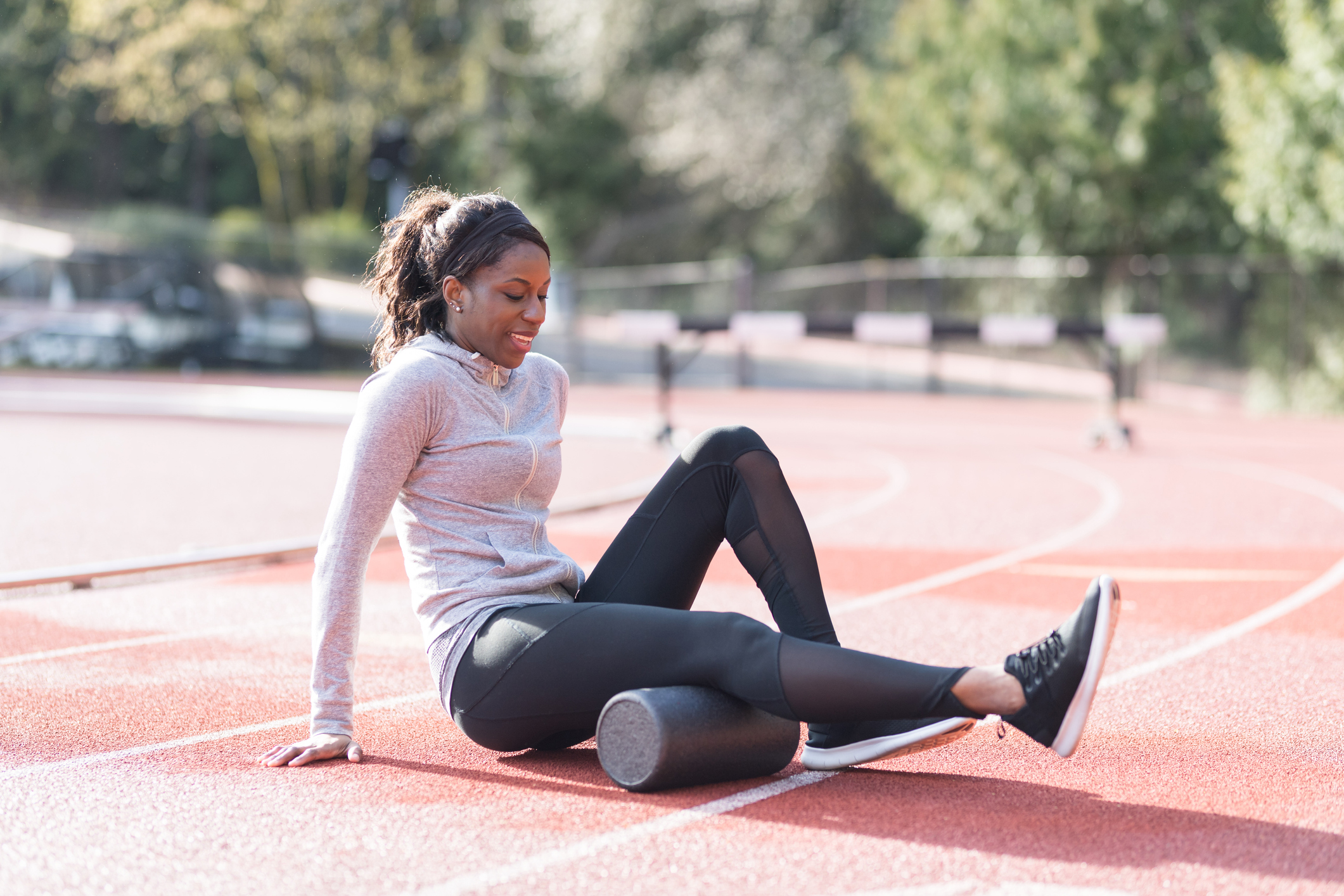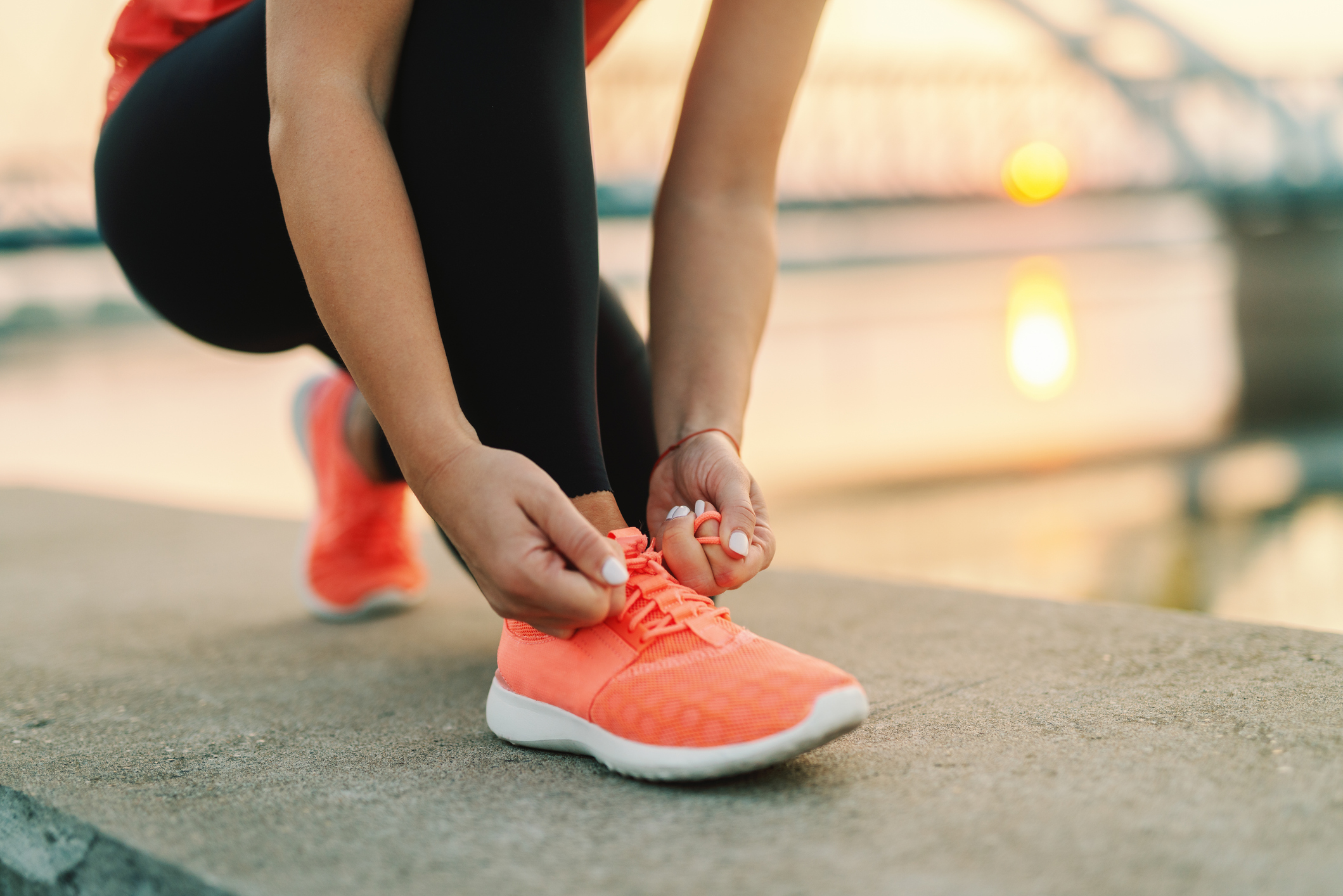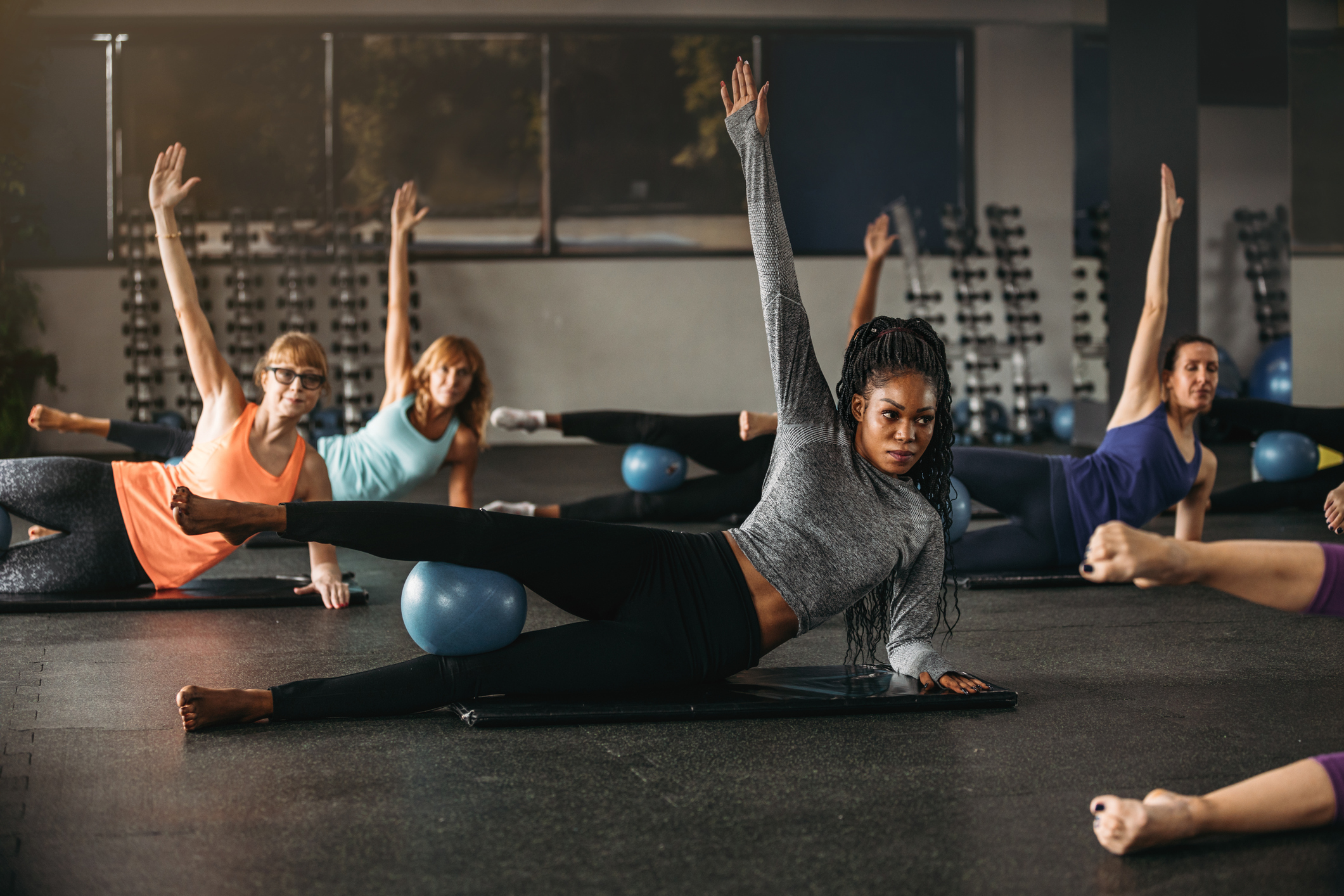Body
Crossing the finish line of a marathon is exhausting, but that doesn’t mean it’s time to stop planning what comes next. A post-marathon running recovery plan is just as essential to a runner’s health as is the training plan before the race.
After a marathon, runners’ bodies often experience shock — going from being incredibly active to suddenly sedentary is not an easy transition. In the same way training was slowly ramped up before the marathon, a runner’s body now needs to ramp down to get used to not moving as much.
Steps to Winding Down
Body
Refuel
Replenish nutrients, water and electrolytes over the next several days for long run recovery. Focusing on restoring the carbohydrates and protein the body used for fuel during the race is a big part of how to recover after a marathon.
On average, an individual expends a range of 90-160 calories running one mile, meaning running a marathon may expend an average range of 2,360-4,192 calories.
Carbohydrates are the primary energy source for endurance athletes due to their importance as fuel (glycogen) for muscle and central nervous system function. Consider fueling pre-race or post-runs with bananas, oatmeal, brown rice/quinoa or yogurt. Try steering clear of high amounts of fiber to avoid possible undesired gastrointestinal symptoms.
When focusing on diet in the days after the marathon, aim for consumption of carbohydrates at high dosages (8-10 g kg/day) and adding protein (0.2g-0.5g kg/day) for a ratio of 3-4:1 (carbs: protein) to enhance glycogen re-synthesis.
Rehydrate
To really understand how much fluid the body lost during the race, you can calculate your sweat rate by subtracting your weight post-race, from your weight pre-race, and adding the volume of fluids that you consumed during. Rehydrating is an essential part of post run recovery. Five-ounce cups of water are typically provided during the marathon.
Sleep
Sleep is an essential process for muscle growth and repair, so try to take advantage of the extra time gained back now that early morning and late-night runs are no longer priority. Getting at least seven to eight hours of sleep each night is very important in the days following the race.

Rest…
Allow at least a week (or more) of rest and recovery time. Try to avoid high impact workouts or new activities. Note: how long to rest after a marathon will look different for each person depending on their competition level and goals.
…But Don’t Do Nothing
While letting the body rest after a marathon is important, doing absolutely nothing can have negative effects. Instead, consider cross training with low-impact physical activity to loosen up muscles, improve blood flow, work on breathing and reduce the lactic acid that built up over the course of 26.2 miles.
Some of these simple, low-impact exercises include:
- Stretching
- Foam rolling
- Massage
- Yoga
- Swimming
- Cycling
- Walking

How to Gradually Return to Running
Body
“The Soreness Rules”
Researchers have identified the “soreness rules,” criteria-based rehabilitation guidelines that explain when to return to activities, and when to rest and/or consult a healthcare professional to avoid increased symptoms and injury.
Closely monitor soreness levels during post-race recovery. Consider the following active recovery guidelines:
- Soreness during warm-up that continues: take 2 days off, go easier during workouts
- Soreness during warm-up that goes away: stay at the workout level that led to soreness
- Soreness during warm-up that goes away but redevelops during session: take 2 days off, continue to go easier during workouts
- Soreness the day after lifting (not muscle soreness): take 1 day off, do not increase workouts
- No soreness: advance workouts weekly or as instructed by healthcare professional/trainer
Gradually Reintroduce Strength Training
Research shows that a combination of strength training and endurance training can improve athletic performance and physical fitness compared to endurance or strength training alone. When reincorporating strength training into a fitness routine after a marathon, the key is to always listen to the body. Start with one or two strength training sessions a week. Then, slowly work up to two to three times a week.
The resistance of strength training should be challenging and/or heavy, corresponding with lower repetitions. Lifting for endurance, such as 2-3 sets of 20 reps or more, with light resistance is less effective than heavy resistance training when it comes to improving running performance.
Importance of Footwear

Studies show that running shoes lose up to half their cushioning every 250 to 500 miles, so after a marathon, it’s a good idea to visit a shoe store or do some online shopping. Consider avoiding running in only one pair of shoes as research suggests switching between two different types of running shoes helps maintain stability of the shoe and prevents overuse.
Seek Help if Needed
As running is reintroduced in the weeks and months following a marathon, keep in mind that if a pain doesn’t go away on its own, the best advice is to consult with a healthcare provider.
Oliver Rivera, PT, DPT, is a senior II physical therapist in Shirley Ryan AbilityLab's Musculoskeletal Medicine outpatient clinic. He earned his doctorate in physical therapy from Touro University Nevada, completed an orthopedic physical therapy residency at the University of Illinois at Chicago, and completed a fellowship in orthopedic manual physical therapy through the Northwestern University Fellowship in Advanced Orthopedic Physical Therapy Practice, Research, and Education. He is a board-certified clinical specialist in Orthopedic and Sports Physical Therapy and a fellow of the American Academy of Orthopedic Manual Physical Therapists.
Lauren Bradley, PT, DPT, is a senior physical therapist in Shirley Ryan AbilityLab's Musculoskeletal Medicine outpatient clinic. She earned her doctorate in physical therapy from Northwestern University Feinberg School of Medicine, and completed an orthopedic physical therapy residency with Northwestern University and Shirley Ryan AbilityLab. She is a board-certified clinical specialist in Orthopedic Physical Therapy and has special interest in working with runners and triathletes.
Mentioned Profile
Oliver Rivera, PT, DPT
Senior II Physical TherapistMentioned Profile


